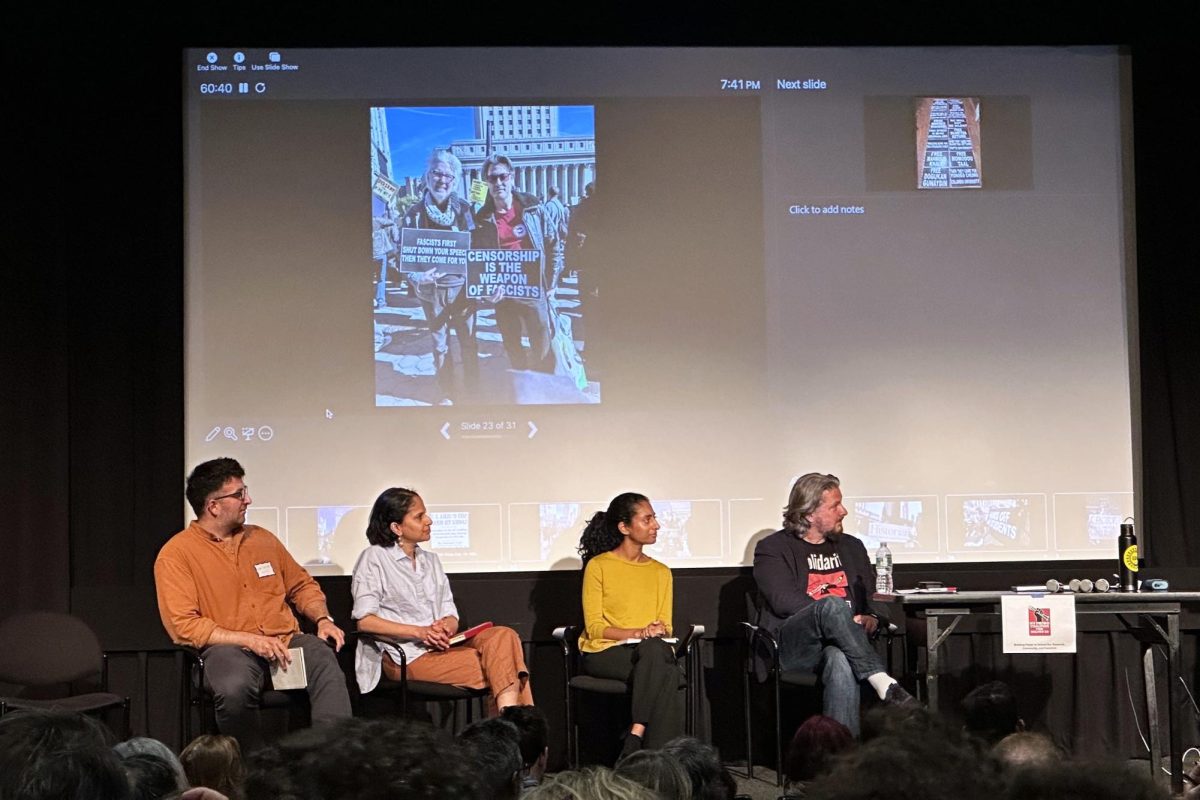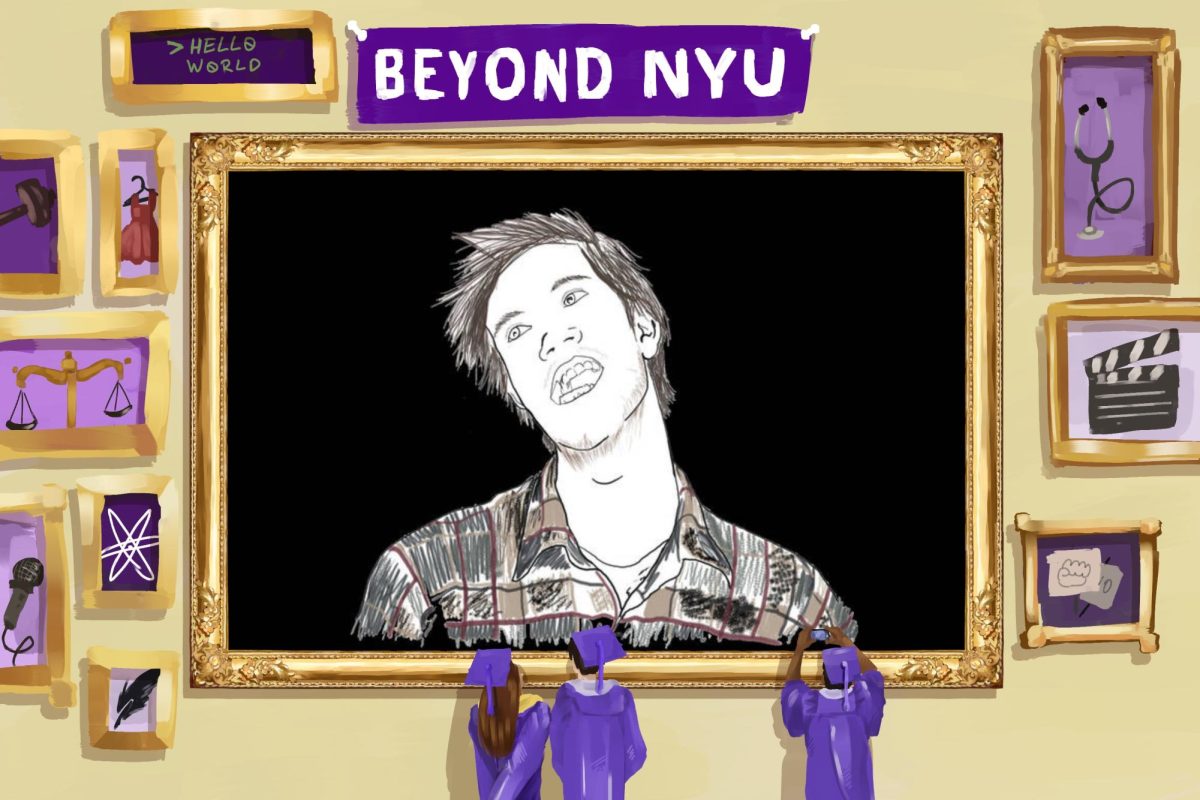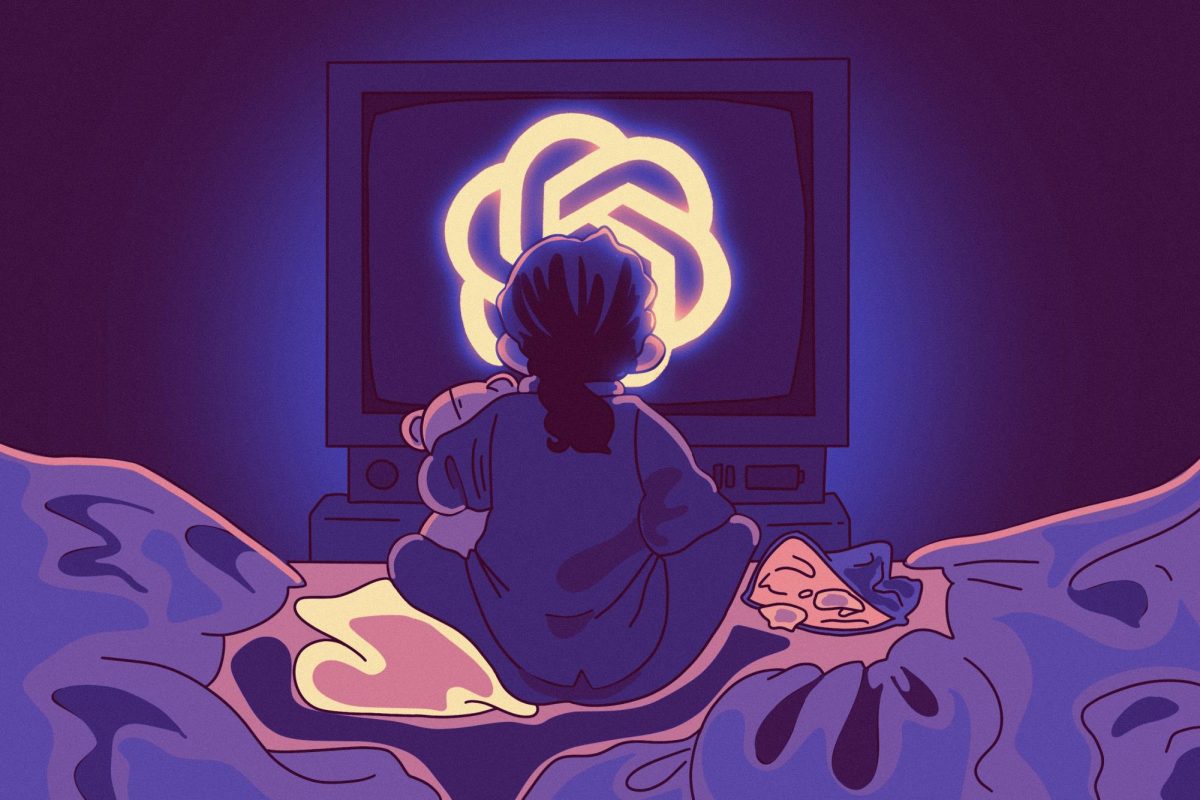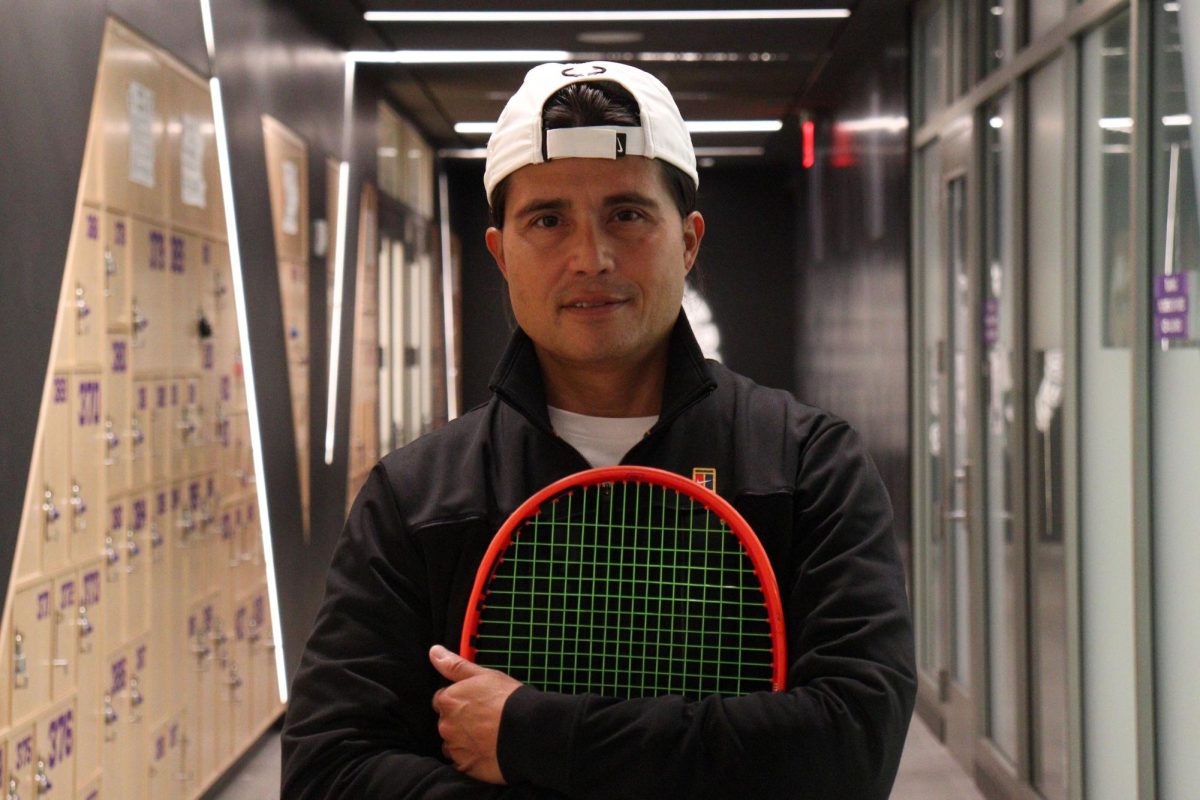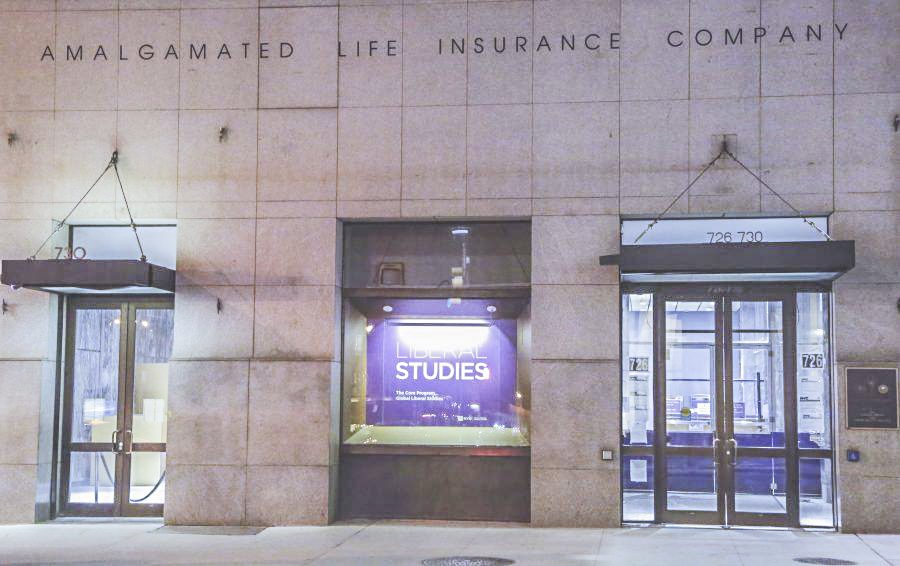Report Shows Diversity is Crucial
The NYU MetroCenter is housed at 726 Broadway, which is also the location of many other major NYU facilities, such as the Liberal Studies.
November 13, 2017
After the New York City Department of Education released a plan aimed at increasing diversity in public schools, the Metropolitan Center for Research on Equity and the Transformation of Schools Executive Director David E. Kirkland asked himself a question.
“The plan came out and of course the critics went in on it,” Kirkland said. “No one however asked the question, ‘Does diversity make a difference in terms of student achievement out of New York City’s schools?’ So we asked the question.”
The product of his curiosity is “Separate and Unequal,” a research report which found that many public schools in New York City still face racial segregation, despite New York having one of the most diverse landscapes in the country, and diversity in student populations can help bridge the achievement gap between different student groups.
The report, which was co-authored by Joy L. Sanzone, associate director of policy, research and evaluation at the Metro Center, was released last month. It classified the city’s most diverse schools as those that were high in their racial representation among students. This meant the most diverse schools met the criteria of representing 50 to 75 percent of black and Latinx students in their schools.
New York City’s least diverse schools were classified as having 76 to 100 percent of black and Latinx students or as having more than 50 percent of white students with high economic disparities in the student demographics.
Of the more than 1,700 schools that the report analyzed, 109 met the criteria for the most diverse schools. Over 800 schools were identified as the least diverse, and more than 800 other schools could not be classified based on the criteria.
The report also found a correlation between higher rates of graduation and students attending the most diverse schools. Racial and socioeconomic diversity within the student population also closed achievement gaps, while hypersegregated student populations widened the gaps.
CAS junior Melvis Acosta attended a high school in New York City, and his experience supported the findings of the report.
“It wasn’t very diverse,” Acosta said of his high school. “It was mostly poor kids, mostly Hispanic and black. I think I knew three white kids in the entire school.”
Acosta attended The High School for Enterprise, Business and Technology. Although he took four Advanced Placement courses, he said there was room for improvement in the quality of his classes. In his AP Chemistry course, for example, he received a 98 percent in the class but scored a 1, the lowest score, on his AP Exam.
Acosta’s high school wasn’t diverse, and he feels that the classes didn’t prepare him well academically, which is anecdotal evidence supporting the results in the report.
“I feel like the class was too easy compared to the actual exam,” he said. “When I got to the exam, I was very confused.”
To increase diversity in schools, the report recommended reframing education so that it is representative of its student population, hiring more teachers of color and training educators to be culturally competent.
According to Kirkland, diverse schools still see predominantly white teachers, and this lack of representation in the workforce can be detrimental to a student’s education.
“Once one achieves diversity, we have to think about the workforce,” Kirkland said. “Every day the goal is equity. If the goal is equity, we have to reframe more than just the cosmetics.”
Kirkland also said that it is necessary to discuss the notions of white supremacy, anti-blackness and race, and how such ideas may affect the way society functions.
“It’s a narrative that we have not grappled with,” he said. “We need to grapple with the idea of race in our country and begin to deal with some of its consequences like segregation because race, at least as it relates to segregation, it reinforces a certain caste system and within that caste certain opportunities become derivative to some.”
Although the report did not focus on diversity at universities, higher education institutions may still find some of its findings and recommendations helpful, Kirkland said.
“We have to do more, and I think that universities can take up some of the recommendations that we lay out in the plan in order to reimagine themselves as it relates to the question of diversity,” Kirkland said.
A version of this article appeared in the Monday, Nov. 13 print edition.
Email Chelsey Sanchez at [email protected].

